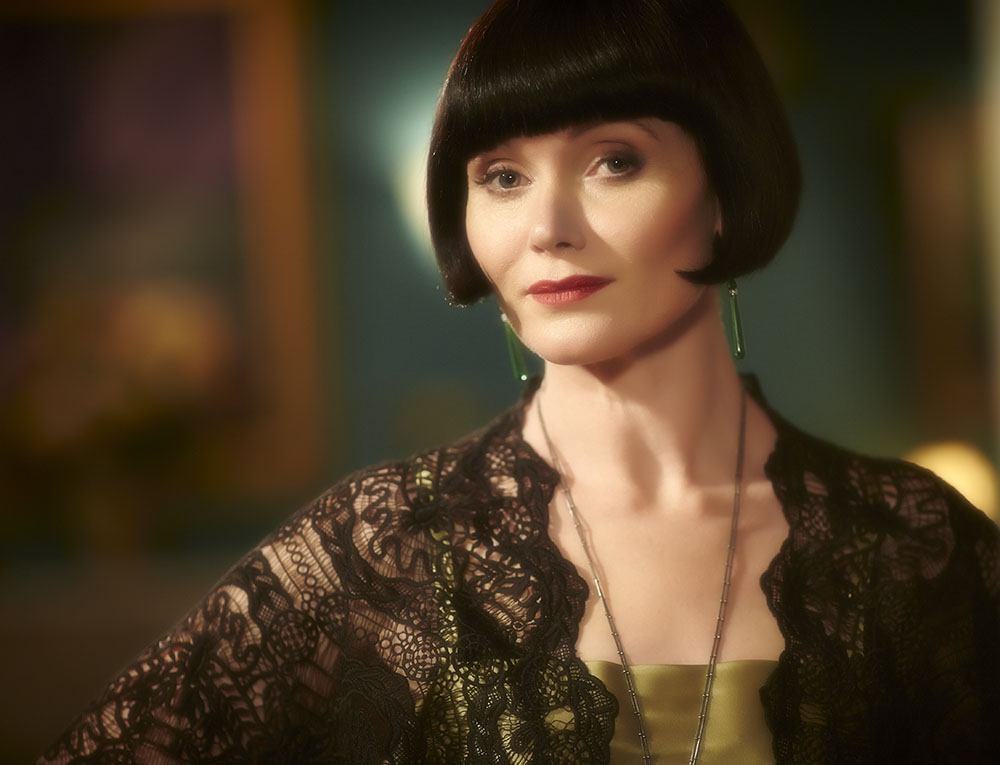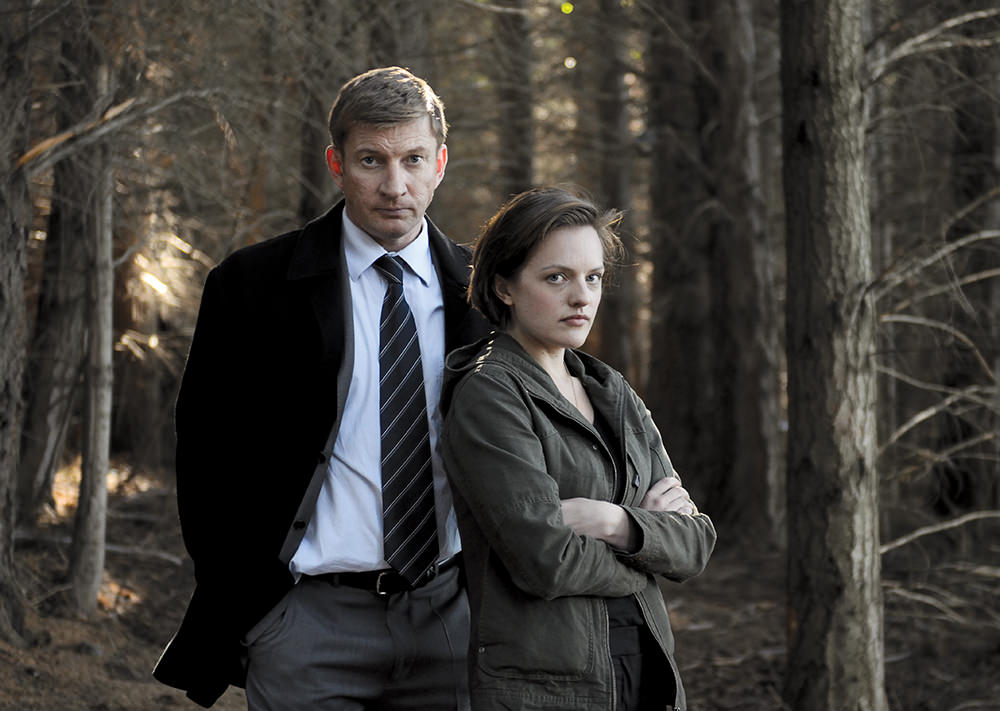Australian TV makes its mark
As audiences fragment, TV markets become increasingly global and the cost and risk of creating home-grown television increases, Screen Australia's role in supporting locally-made series is more vital than ever.
 Essie Davis in Miss Fisher's Murder Mysteries series 2
Essie Davis in Miss Fisher's Murder Mysteries series 2
In a television landscape populated with series such as Game of Thrones, Mad Men and House of Cards, Australia can sometimes feel like it’s fighting an uphill battle to get its voice heard.
The funds required to make an internationally-watched high-end television series can be astronomical.
It costs an average of US$6 million to make just one episode of HBO series Game of Thrones, which is around AUD$8.5 million. In comparison, Netflix original series like House of Cards or Orange is the New Black cost US$3.8–$4.5 million an episode and Mad Men reportedly was around the US$3 million mark.
And even if you spend anywhere near that kind of money in Australia, there’s never a guarantee it will be reflected in TV ratings.
“It’s just a really risky proposition for the broadcaster,” Screen Australia Drama Investment Manager Tim Phillips says. “When it’s a more expensive program and it’s a first series, it can look awesome on paper, but until you put it in front of the audiences you never know. It’s why being able to come into Screen Australia and have that assistance to reduce the risk is so important.”
Broadcasters are increasingly relying on that support, when traditionally they did not all need to.
It’s reflected when you look at the numbers across the 2014/15 financial year. While spend and hours are down compared to five years ago, Screen Australia now funds a greater number of drama television productions, and for more broadcasters. In the 2014/15 financial year all the commercial broadcasters received funding to get shows off the ground, including Seven’s telemovie Peter Allen: Not the Boy Next Door, Ten’s Mary: Making of a Princess and Nine’s Love Child season 2.
It’s necessary in ensuring Australian stories continue to get made, which reflect our heroes, stories and culture, as well as creating much-needed consistent employment for Aussie cast and crew.
Screen Australia CEO Graeme Mason says for broadcasters, government funding acts as an incentive to make local television, which still remains very expensive to create.
The cost to a broadcaster to license a one-hour Australian drama such as Love Child or House Husbands ranges from around $450,000 to $1.2 million per broadcast hour.
“We’re a small population to recoup those costs. It’s much cheaper to acquire something overseas than it is to make it here locally,” Mr Mason says.
High-end programs such as Downton Abbey—with proven audience appeal overseas and competition amongst Australian broadcasters to acquire—are typically licensed by Australian broadcasters for around $350,000 per hour, well under the base costs to commission an Australian drama. And repeats of a popular program with highly-paid cast, such as The Big Bang Theory, can be licensed by Australian broadcasters for as little as $200,000 per hour. Although these programs are also expensive to make overseas, their production costs are generally covered in their home market, meaning they can be sold to Australian broadcasters for much less.
Also adding to the mix, is the fragmentation of audiences across multiple platforms. Once upon a time, broadcasters knew all eyeballs would be glued to a television set for the latest episode of Homicide. But now audiences have the choice to watch what they want, when they want thanks to the likes of YouTube, VOD platforms such as Stan, Presto and Netflix, and online catch-up such as iview.
But this has flow-on impact. In recent years we’ve seen traditional free-to-air television advertising drop as it makes room for digital—a trend the latest PwC Australian Entertainment and Media Outlook Report predicts we will only see more of. It means less money on the table for broadcasters, again re-emphasizing the need to minimise risk.
And yet, we’re also entering an incredibly exciting time in Australian television, with local TV content not only proving successful at home, but internationally.
Screen Australia funded series Miss Fisher’s Murder Mysteries has gained a cult following in the US and France, while INXS: Never Tear Us Apart not only rated its socks off at home, but has sold to more than 14 territories overseas. ABC series The Code sold to the BBC Four, the US, Latin America and Denmark before season one had even aired and the big success story is Top of the Lake, which has sold to more than 71 territories and is set to recoup 100% of its costs.
 David Wenham and Elisabeth Moss in Top of the Lake series 1
David Wenham and Elisabeth Moss in Top of the Lake series 1
A key component that set Top of the Lake apart from its contemporaries was that it was created with the intention to mesmerise global audiences.
“You have an Oscar winning writer-director with Jane Campion, and then I think she and See-Saw the production company thought big,” Mr Mason says.
“For the first one the story was set very clearly in New Zealand and the second series will be set in Australia, but they were looking at an international audience. They thought, ‘we’re just going to make this for people to enjoy’.”
This combined with its big-budget, is what defined it as a high-end television production.
Mr Mason believes Australian TV series that can play internationally will become more and more common.
It’s also where Screen Australia steps in, with its high-end television development program.
In cases where there is an idea for a big-budget program, with a clear intention and potential to reach a global audience, producers can apply for up to $40,000 in development funding.
Already Stateless, a new TV drama from Cate Blanchett, Tony Ayres, Liz Watts and Elise McCredie, has received development funding. Inspired by the true story of Cornelia Rau, who escaped a cult and was found to be illegally held in a South Australian detention centre in 2004, it is set to see Blanchett step behind the camera for the first time as director.
The development program is significant because producers do not need to have a domestic broadcaster in place, although they do need to show evidence of strong and genuine interest from a major international broadcaster or streaming company.
“We’ve got a couple in development with partners as diverse as Amazon, Google, and Channel 4 in the UK,” Mr Mason says.
As TV becomes an increasingly global marketplace, high-end fare creates exciting opportunities for Australian stories to connect, inspire and travel.
This post was originally published in the December 2015.

What to read next
When Molly airs, it will kick off another year of miniseries based on the lives of Australian personalities – a trend that isn’t showing signs of slowing.
03 Feb 2016
Caris Bizzaca